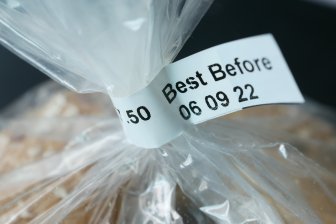SAINT JOHN – A brown sports jacket seized from the home of Dennis Oland tested positive for blood, and DNA samples matched the profile of Richard Oland, an expert in DNA analysis told Oland’s murder trial Tuesday.

Dennis Oland has pleaded not guilty to second-degree murder in the death of his father, a well known New Brunswick businessman, whose badly beaten body was found in his Saint John office on July 7, 2011.
DNA expert Joy Kearsey was a scientist at the RCMP lab in Halifax when she was asked to examine the jacket. She completed 11 reports on the case, amassing 1,400 pages of notes.
Crown and defence lawyers have pared that information down to 52 pages for the jury.
Kearsey testified the DNA typing profiles obtained from five samples extracted from the jacket matched those of the known sample from Richard Oland. She said the DNA was obtained from three places on Dennis Oland’s jacket: the outside right sleeve, the outside upper left chest and the outside back near the hem.
“The estimated probability of selecting an unrelated individual at random from the Canadian Caucasian population is one in 510 billion,” she told the court.
DNA of a mixed origin was extracted from two samples taken inside the right cuff of the jacket. Kearsey said the major component matched the profile of Richard Oland and the estimated probability of selecting an unrelated individual randomly from Canada’s Caucasian population is one in 180 million.
The minor component in the first mixed sample matched the profile of Dennis Oland while there was not enough information from the second sample to find a match, she said.
A number of other areas of the jacket were tested, but the quantity of human DNA did not meet minimum requirements for further processing, Kearsey said.
- 2 teens charged with murder in case of 16-year-old killed outside Halifax mall
- Green Party deputy leader given jail sentence for Fairy Creek old growth protests
- Cars torched, explosions heard in suspected arson in Montreal neighbourhood
- Gas station clerk stabbed several times during violent attack at Ultramar in Montreal



Comments